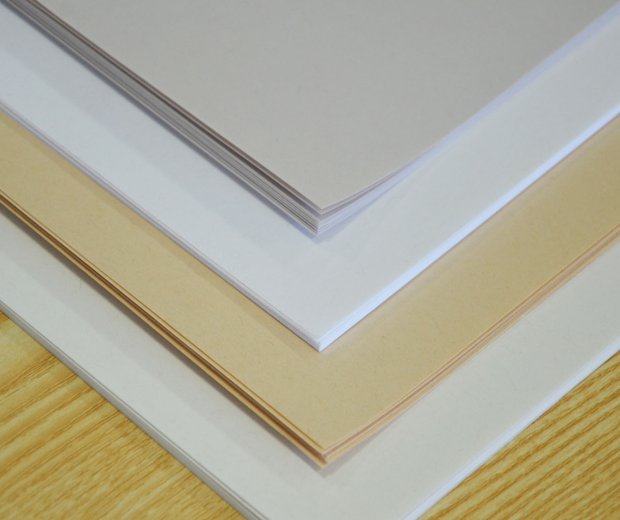Recycled Paper – Key Characteristics:
1.Eco-Friendly Material – Made from post-consumer or post-industrial waste, reducing the need for virgin wood pulp and minimizing environmental impact. 2.Varied Texture & Appearance – Often has a slightly rougher texture and natural, off-white or grayish hue due to the recycled fibers, though high-quality versions can mimic the look of virgin paper.
3.Lower Carbon Footprint – Requires less energy, water, and chemicals to produce compared to conventional paper, contributing to sustainability efforts.
4.Certifications Available – Many recycled papers carry eco-labels like FSC Recycled, EU Ecolabel, or Blue Angel, ensuring responsible sourcing and production.
5.Good Printability – Modern recycled papers are engineered to perform well in printing (offset, digital, inkjet) with decent ink adhesion and minimal jamming.
6.Different Grades & Finishes – Available in various finishes (matte, glossy, uncoated) and weights, suitable for everything from office paper to packaging and premium stationery.
7.Slightly Reduced Brightness – Typically has a lower brightness (whiteness) than virgin paper, giving it a more natural, rustic appeal.
8.Widely Recyclable – Can often be recycled again, supporting a circular economy.
9.Cost-Competitive – While premium recycled paper may cost slightly more, standard grades are competitively priced with conventional paper.
Common Uses:
•Office & printing paper
•Eco-friendly packaging
•Books, magazines, and brochures
•Greeting cards & stationery
•Sustainable marketing materials
Recycled paper is a responsible choice for businesses and consumers looking to reduce waste and support environmental sustainability without sacrificing functionality.








